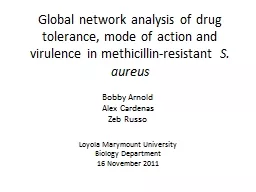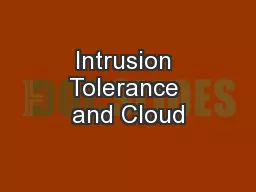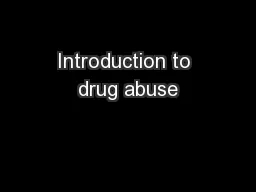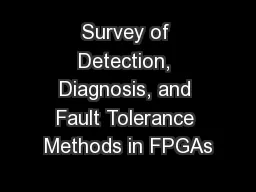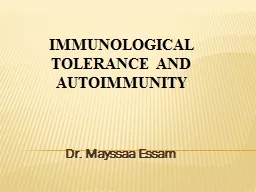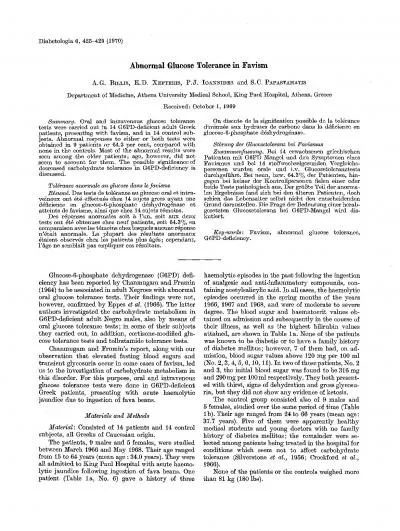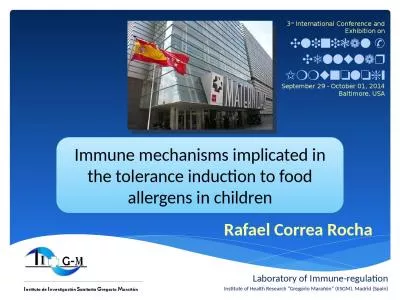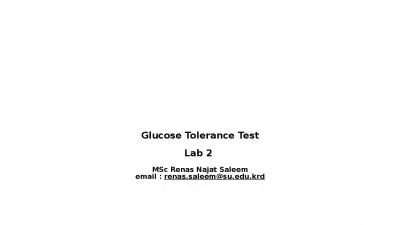PPT-Global network analysis of drug tolerance, mode of action a
Author : test | Published Date : 2016-08-08
methicillin resistant S aureus Bobby Arnold Alex Cardenas Zeb Russo Loyola Marymount University Biology Department 16 November 2011 Outline S taphylococcus
Presentation Embed Code
Download Presentation
Download Presentation The PPT/PDF document "Global network analysis of drug toleranc..." is the property of its rightful owner. Permission is granted to download and print the materials on this website for personal, non-commercial use only, and to display it on your personal computer provided you do not modify the materials and that you retain all copyright notices contained in the materials. By downloading content from our website, you accept the terms of this agreement.
Global network analysis of drug tolerance, mode of action a: Transcript
Download Rules Of Document
"Global network analysis of drug tolerance, mode of action a"The content belongs to its owner. You may download and print it for personal use, without modification, and keep all copyright notices. By downloading, you agree to these terms.
Related Documents

